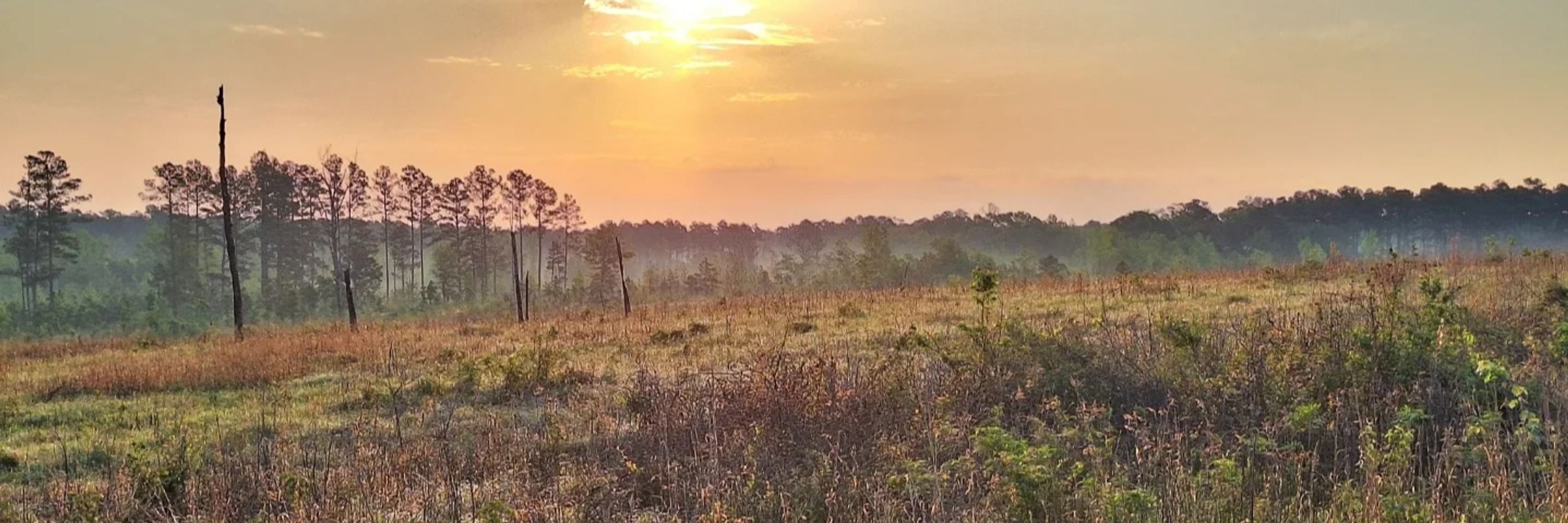David Tilson
@swamplifebirder.bsky.social
21 followers
13 following
29 posts
Researcher. My work focuses on assessing how different land management practices affect avifauna, with an emphasis on secretive marshbirds and grassland birds. I am also president of the Oconee Rivers Audubon Society.
Posts
Media
Videos
Starter Packs
David Tilson
@swamplifebirder.bsky.social
· Feb 27



















































